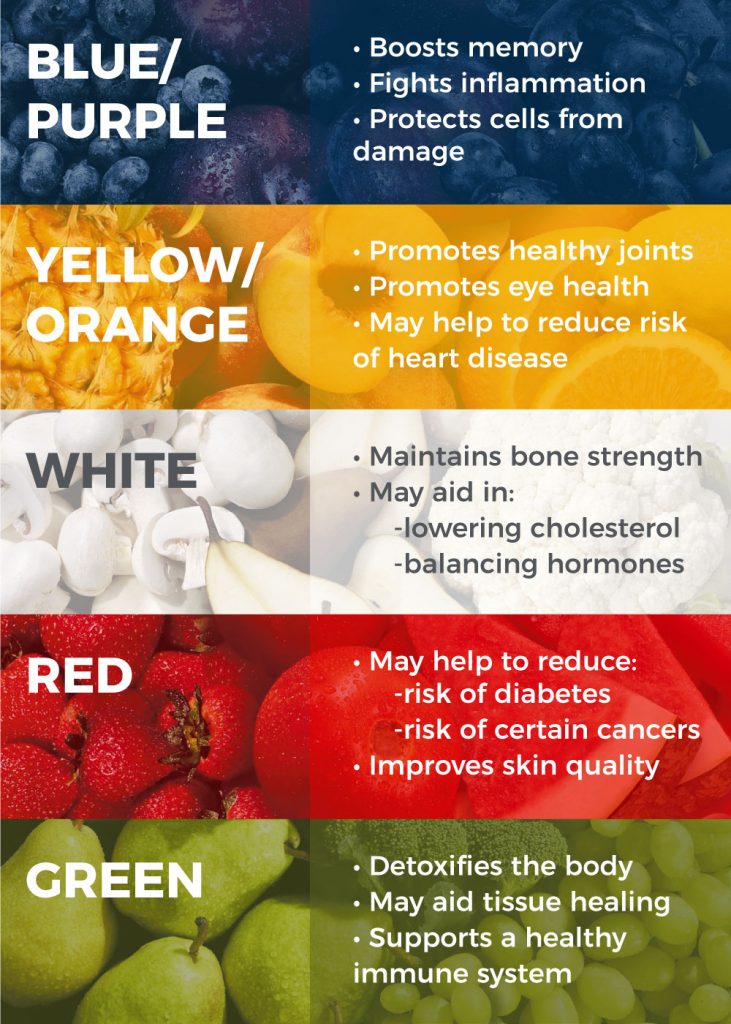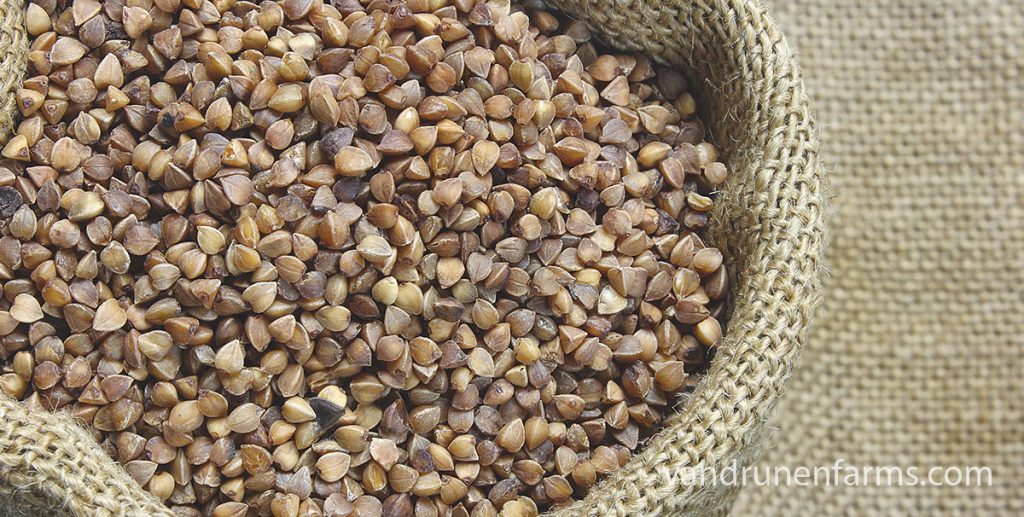Taste. Texture. Smell. Think about all of the things vital to a positive consumer experience – things that would likely encourage a repeat purchase.
Now consider baby food. What leads to a positive consumer experience? Generally, parents make purchasing decisions based on how they perceive a product to impact their child’s health.
Baby food sales don’t rely as completely on the factors most relevant in other categories, because parents decide what to buy. Certainly, attributes like taste and texture matter, but they may or may not increase the chance of future purchases. Possibly more than any other category, baby food sales rely on the positive health benefits associated with a given product.
In many cases, babies are fed what’s good for them. These 5 trends appeal to today’s parents because of the nutritional benefits they promise.
1. Ancient grains
Single and multigrain cereals have been popular in the baby food sphere for a long time. Now, they are being replaced with grains that carry even higher nutritional value: ancient grains. Also known as heritage grains, popular varieties include quinoa, teff, millet, spelt, chia and buckwheat.
Ancient grains are high in protein, fiber and several vitamins and minerals, promoting heart, gut, and immune health – among other benefits.
Buckwheat, an ancient grain
2. Real food nutrition
Whole food. Real food. Natural food. Whatever you want to call it. Parents don’t want to feed their babies food that was synthetically developed in a lab or genetically engineered. The return to real food nutrition ranks high on the list of priorities for parents.
The concept that we should nourish our bodies with nutrients from real, whole foods ties in closely with the clean label movement. Clean label consumers don’t want added, artificial or synthetic ingredients in their food. One popular test many consumers have embraced is whether or not they can pronounce all the ingredients on the back of the package.
If possible, associate whole foods with serving claims. Learn how you can deliver substantiated serving claims on your packaging.
3. Eat your colors
More than simply eating whole foods, emphasize the importance of gleaning nutrition from a wide variety of whole foods – a colorful variety. In most fruits and vegetables, color corresponds to specific nutritional benefits. Varying the colors children eat ultimately varies the nutrition they receive.
As a side benefit, colorful packaging inspired by the colorful food it contains helps brands stand out in aisles crowded with rows of baby food. Bright colors and images imply a natural association with children, making this trend even more ideally suited for baby food.
The image below lists a few of the health benefits that fruit and veggie colors may promote.

Learn more about the specific nutrients different colored foods contain with this detailed infographic.
4. Gut health
Research indicates a “generational loss” of the critical gut bacteria B. infantis in infants, possibly caused by an overuse of antibiotics in the western world, among other factors. Failure to receive this bacteria – either from the mother at birth or through diet – may lead to other health conditions throughout a child’s lifetime.
A child’s digestive system develops throughout the first six months of life. Adding probiotics and prebiotics to baby food products can negate these effects and establish good immune health. Emphasize the importance of caring for digestive wellness early on.
5. Organic
There’s hardly a segment of the food industry that hasn’t been impacted by organics, and baby food is no exception. More than ever, parents find value in feeding their children food grown naturally and chemical-free. An organic, farm-to-fork story establishes trust and transparency.
Stay on-trend with Van Drunen Farms’ ingredient solutions. Contact us today to learn how!


